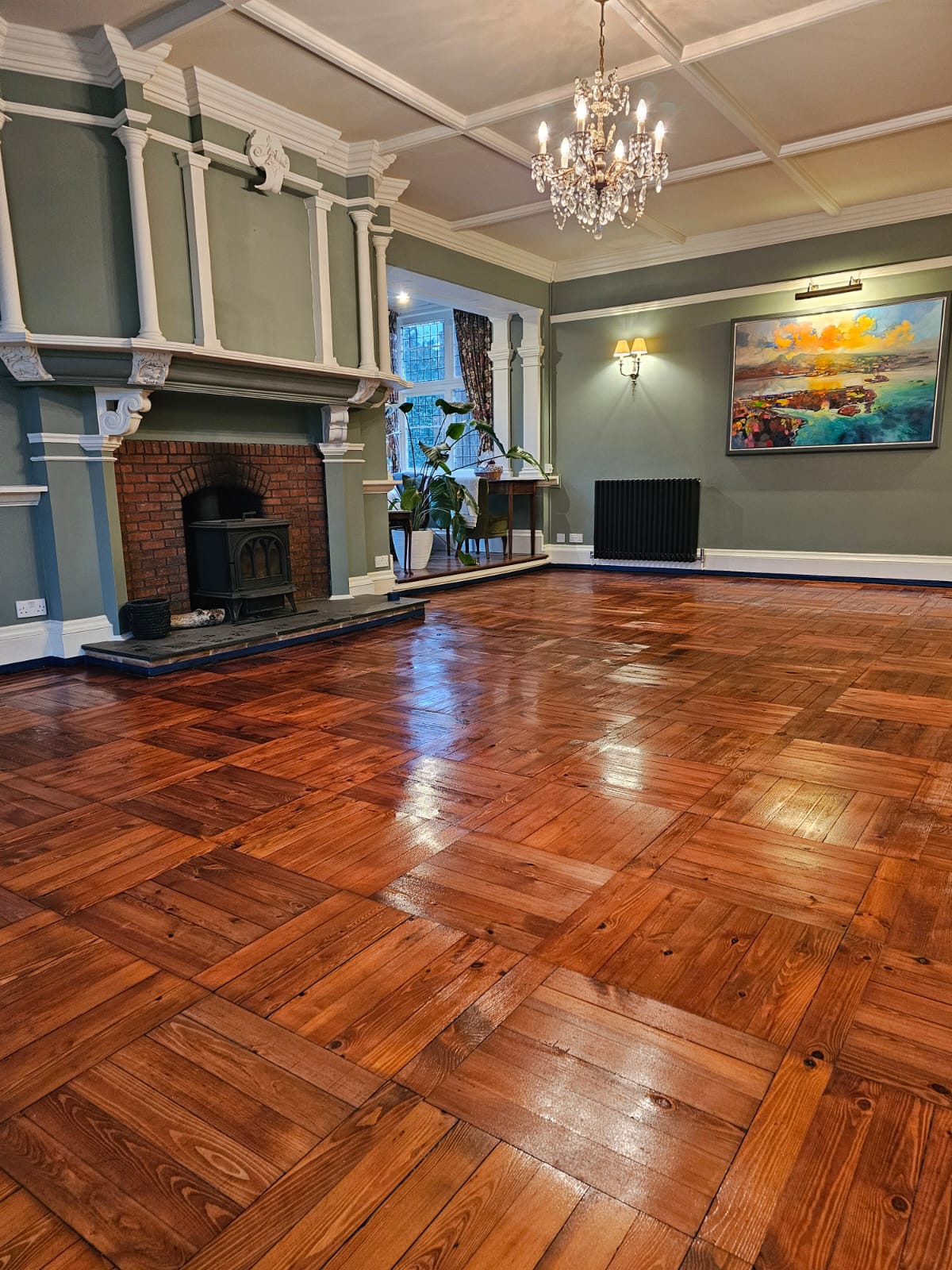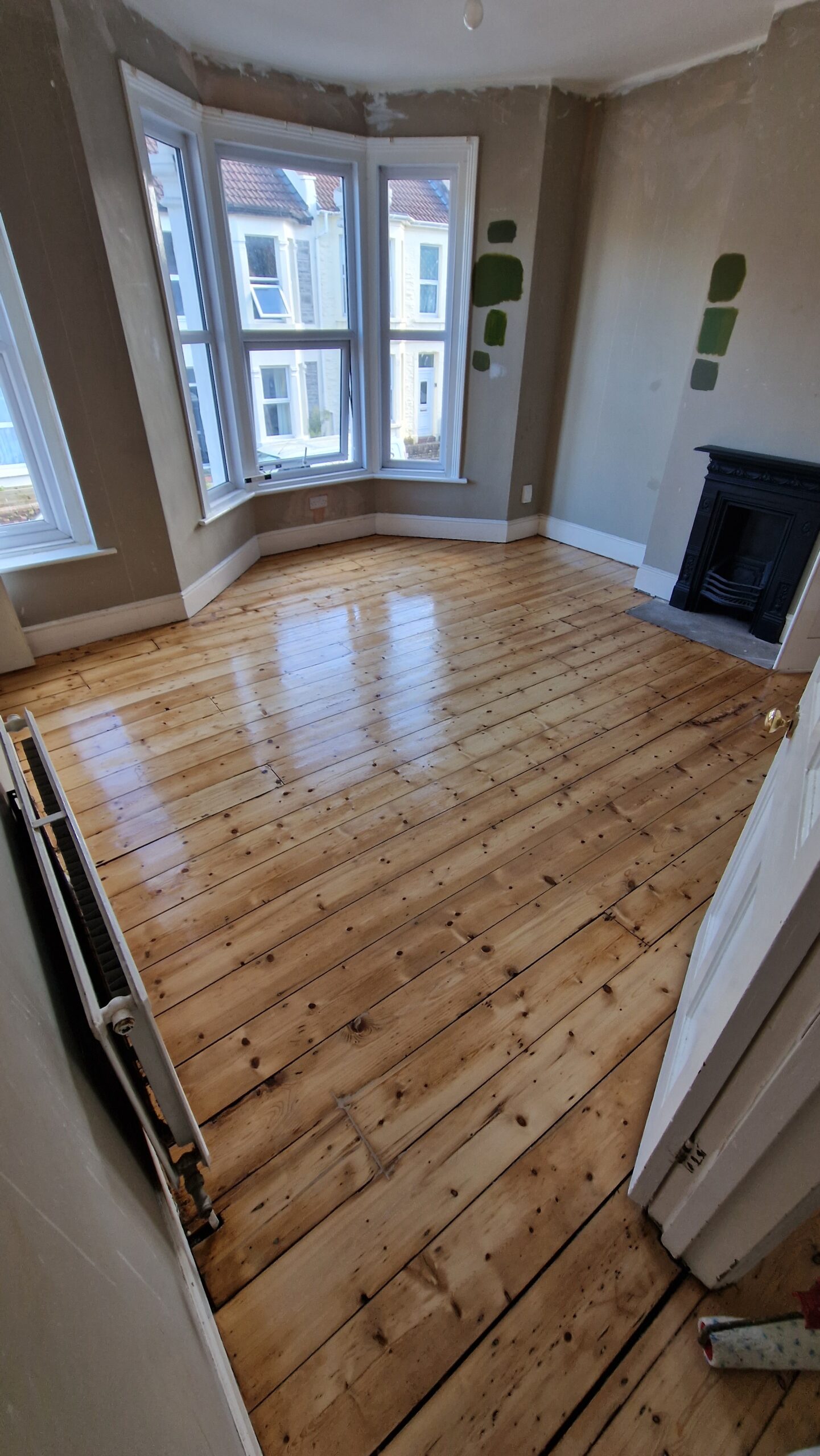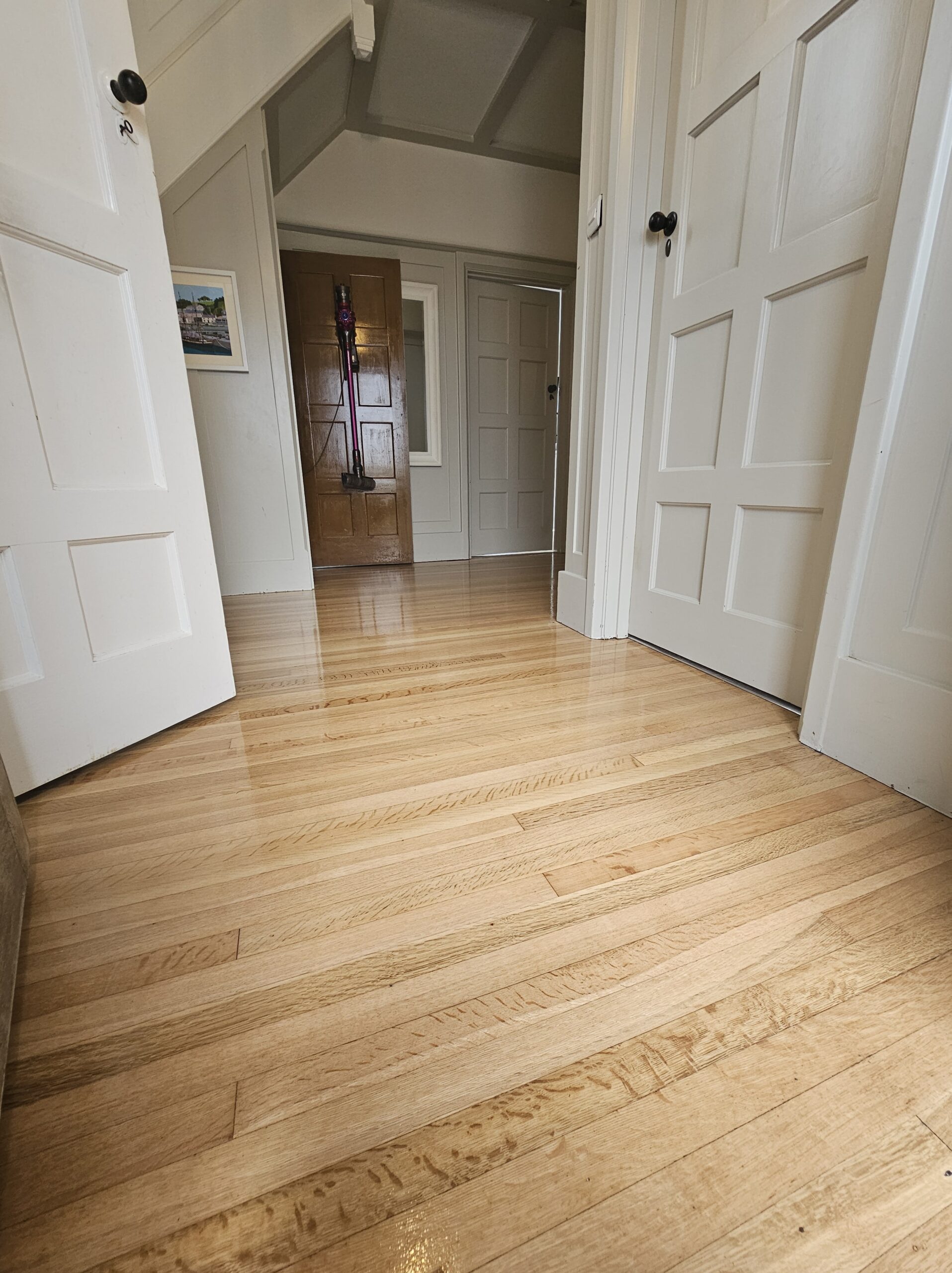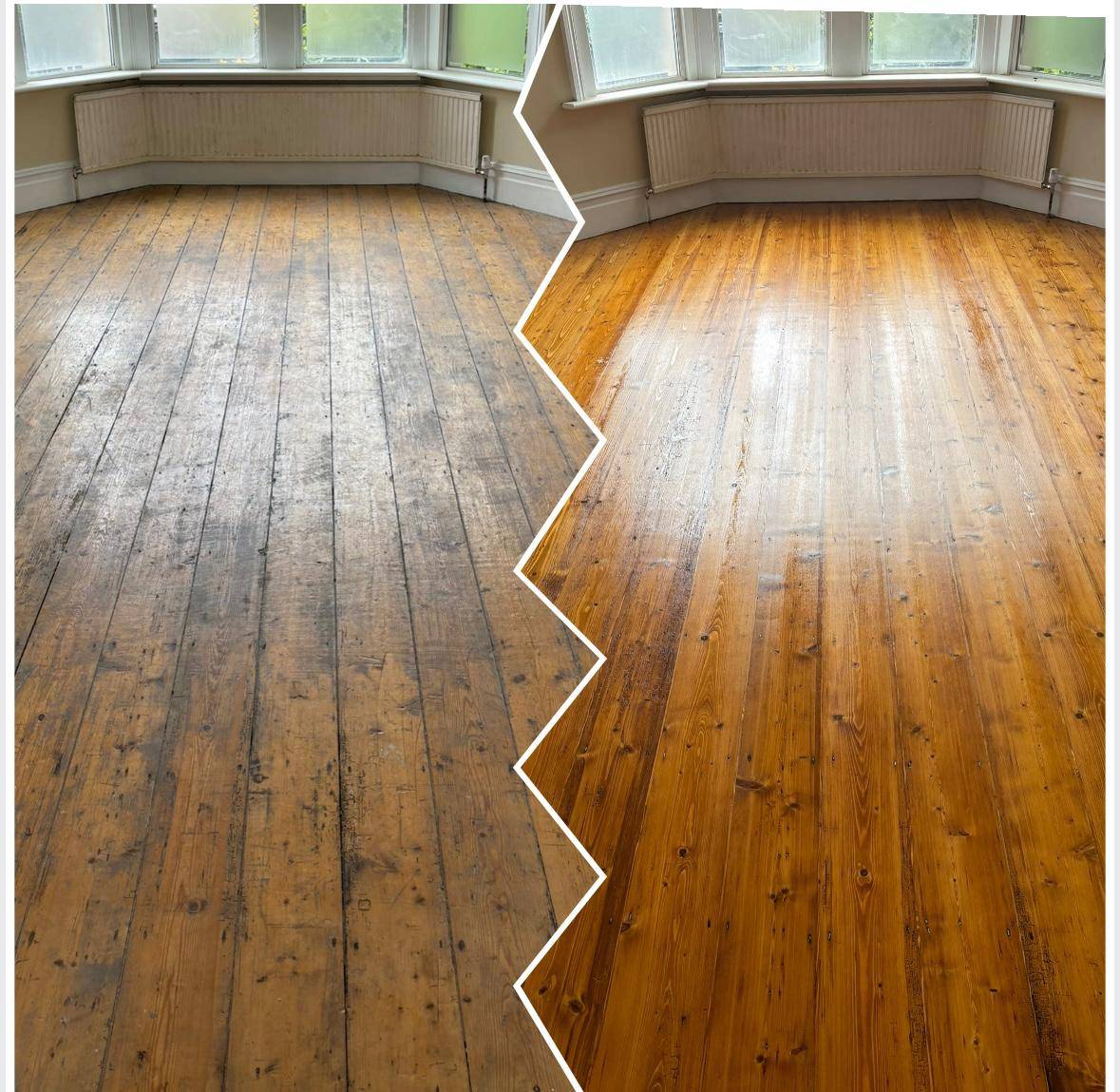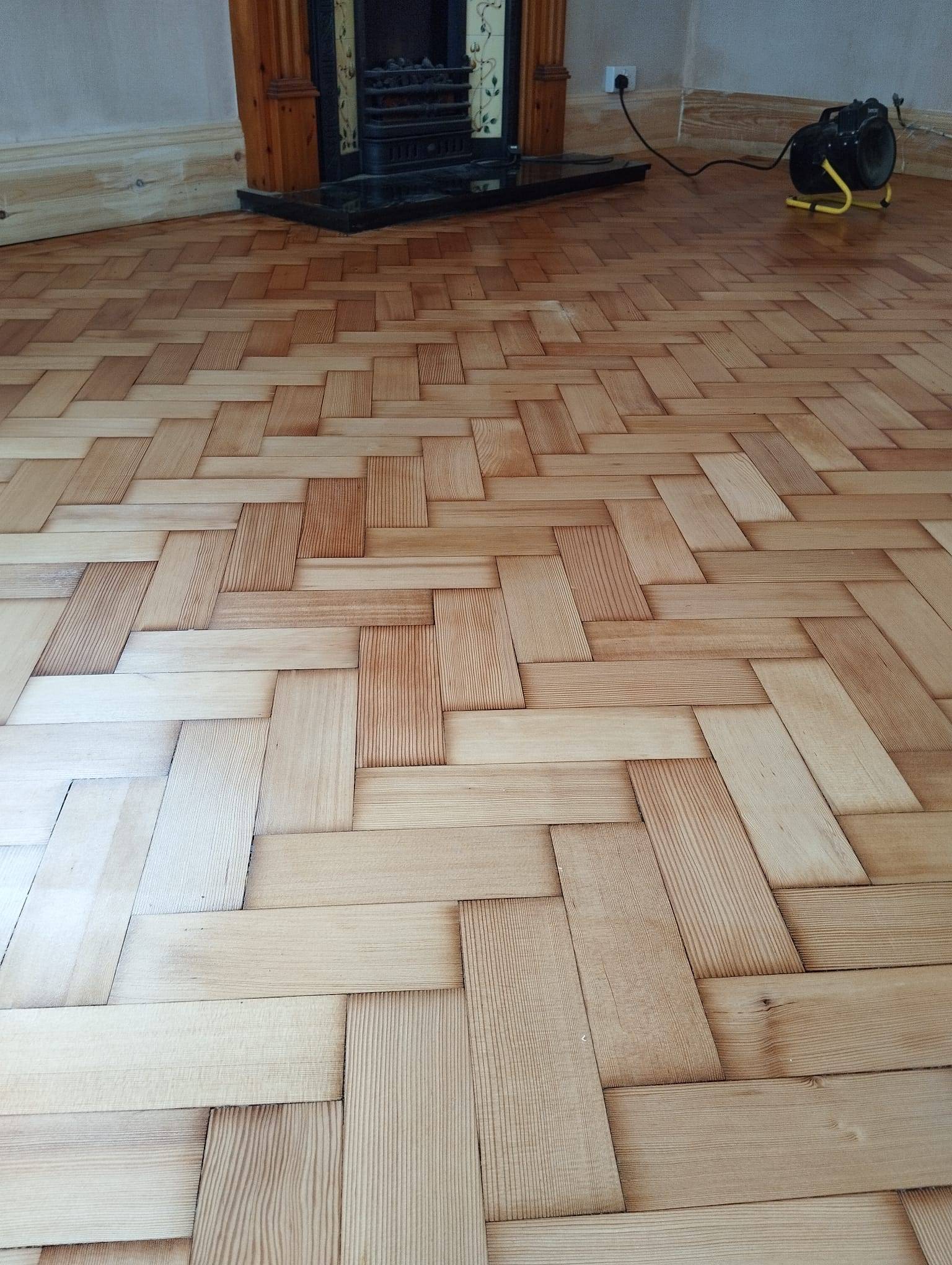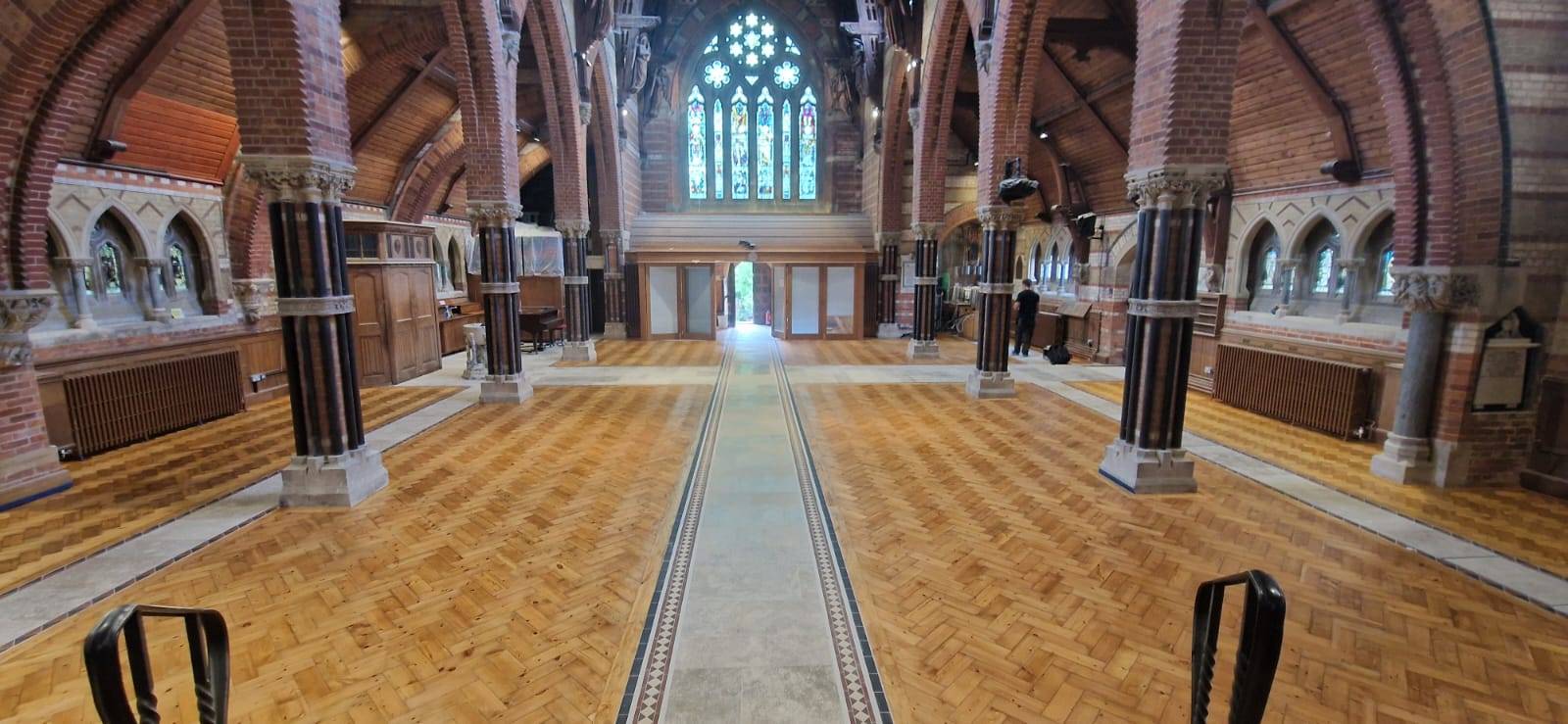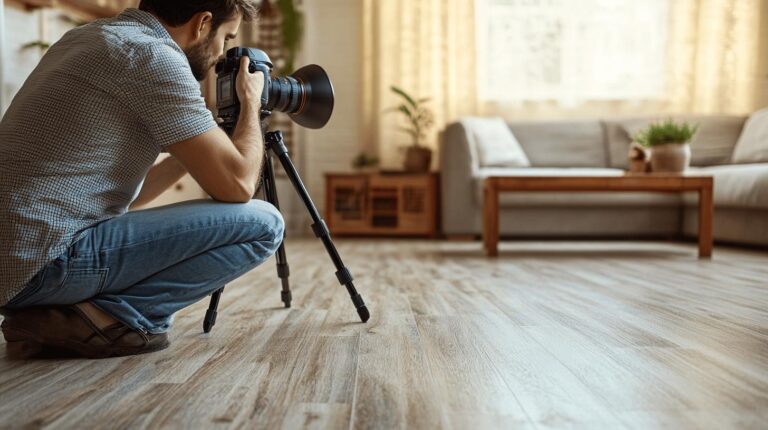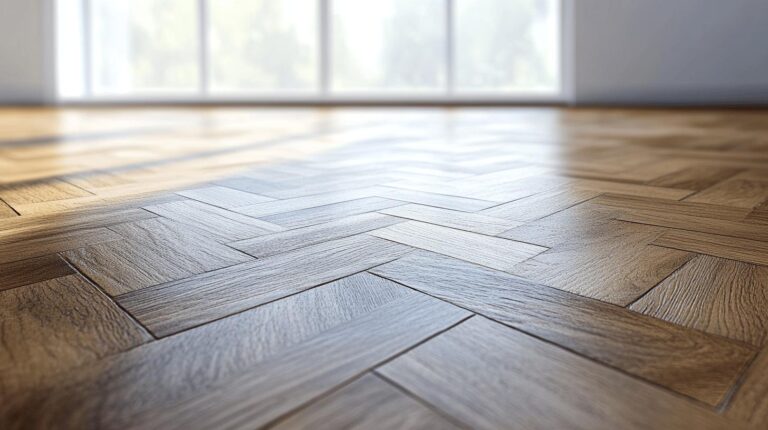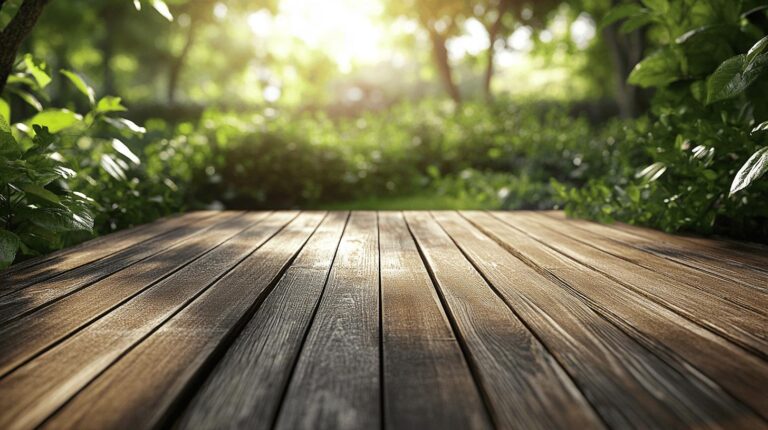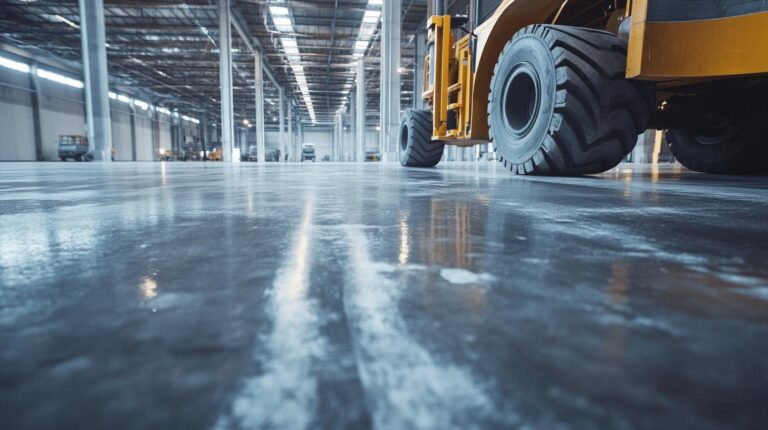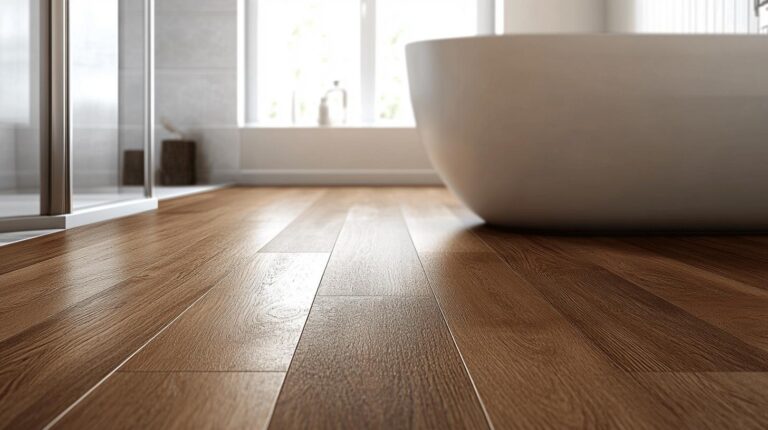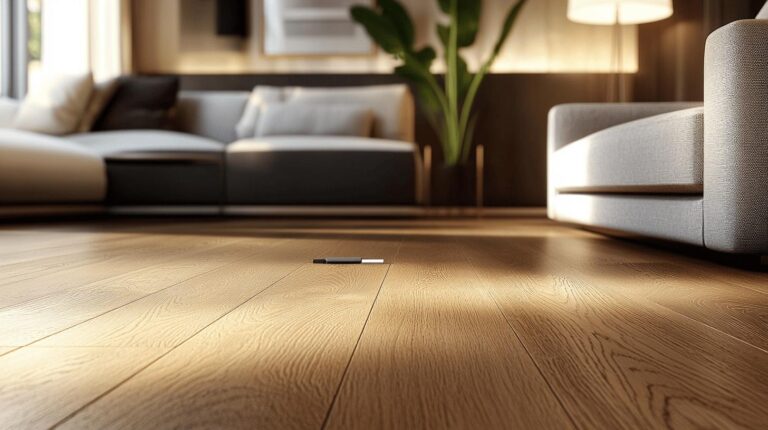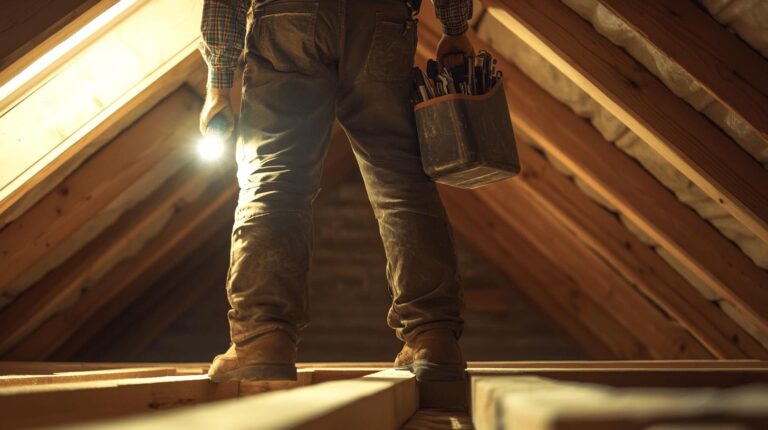Is your beautiful wood floor losing its lustre sooner than expected? The secret to preserving its pristine condition lies in expert maintenance. Regular care extends your floor’s life and enhances your home’s value and visual appeal. This article delves into the necessary maintenance tips for wood floor longevity, covering everything from cleaning techniques to environmental management. With detailed insights from expert restoration services, homeowners can confidently tackle keeping their wood floors in top condition. Discover the simple yet effective strategies to ensure your flooring remains flawless for years.
Expert Cleaning Techniques for Restored Wood Floors
Regular cleaning is paramount to extending the life of wood floors. Dust and dirt can accumulate and cause scratches, so routine sweeping or vacuuming is essential. These simple actions help maintain restored wood floors’ aesthetic appeal and structural integrity.
Use a soft-bristled brush or a vacuum cleaner equipped with a delicate surface attachment for effective cleaning. This ensures the wood remains undamaged while efficiently removing dust and small debris. Incorporating these tools into your cleaning regime helps prevent scratches and keeps the floor pristine. Also, dry or slightly damp mopping can further protect the surface, as they are gentle enough to avoid causing harm.
- Opt for a microfiber mop for effective dust capture.
- Always ensure the mop is well-wrung to prevent water damage.
- Use a pH-neutral cleaner specifically formulated for wood.
- Mop in the direction of the wood grain for a thorough clean.
- Regularly replace mop heads to avoid transferring dirt back onto the floor.
Consistent use of these cleaning techniques significantly enhances the longevity of wood floors. Minimising the risk of scratches and damage, these practices help maintain the floors’ appearance and performance, ensuring they remain a beautiful feature of any space.
Protective Measures to Prevent Wood Floor Damage
Wood floors, while durable, are susceptible to damage from everyday activities and environmental factors. Common causes of damage include scratches from moving furniture, high foot traffic, and exposure to moisture. Preventing such damage is crucial for preserving the beauty and functionality of wood floors. Protective measures extend the life of these floors and ensure they maintain their pristine appearance over time.
- Place felt pads under furniture legs to minimise scratching.
- Use rugs or mats in high-traffic areas to reduce wear.
- Ensure rugs have non-slip backing to prevent accidental shifts.
- Avoid direct sunlight exposure by using curtains or blinds to prevent fading.
Implementing these protective strategies offers long-term benefits, such as reducing maintenance costs and prolonging the time before refinishing is required. By protecting wood floors from familiar sources of damage, homeowners can enjoy their aesthetic and functional appeal for many years.
Managing Environmental Factors for Wood Floor Longevity
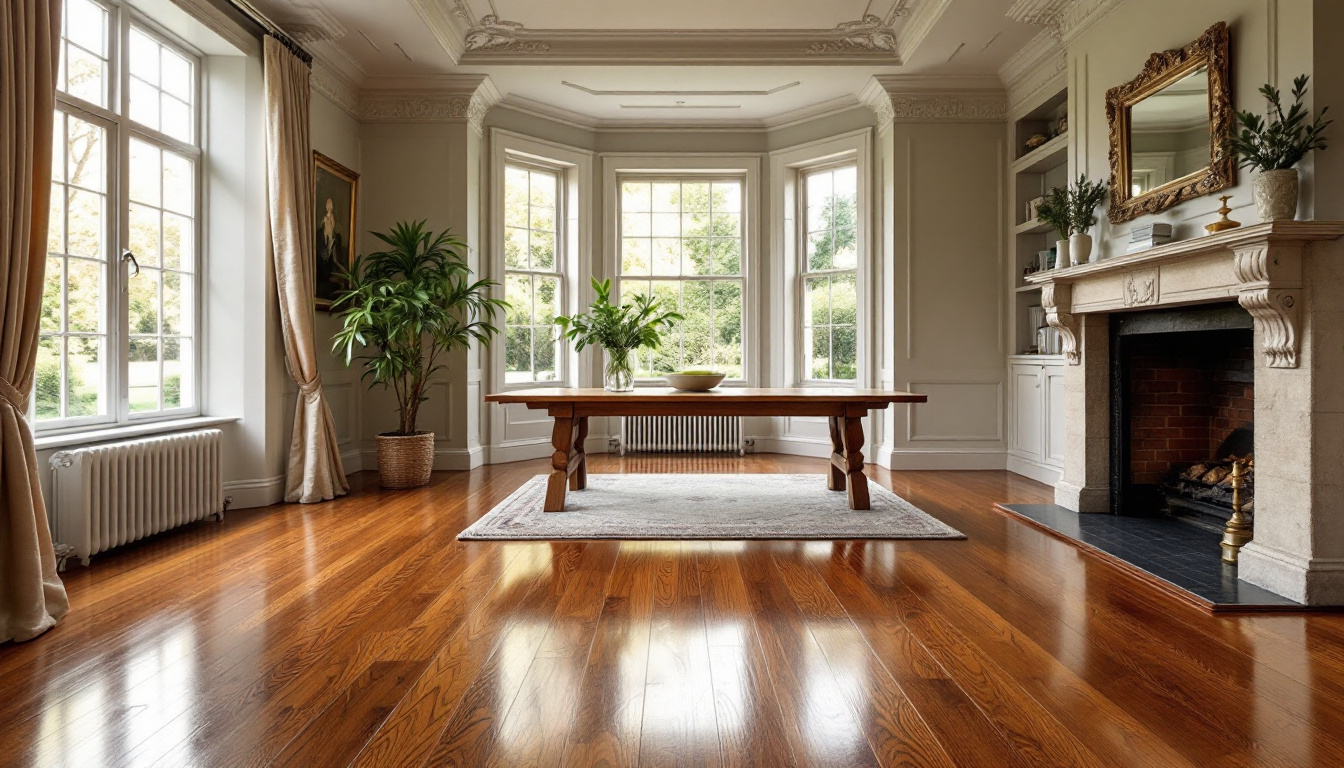
Humidity and temperature significantly influence the condition of solid wood flooring. Wood is a natural material that responds to environmental changes by expanding, contracting, or even cracking. Excessive humidity can cause the wood to swell, leading to warping, while low humidity can result in shrinkage and gaps between floorboards. Similarly, temperature fluctuations may exacerbate these effects, causing long-term damage if not properly managed.
Maintaining a stable indoor environment is crucial to safeguarding wood floors. Ideally, indoor humidity should remain between 35% and 55%. This range minimises the risk of moisture-related issues, such as swelling or cracking. There are several ways to regulate humidity levels, including dehumidifiers in damp conditions or during dry spells. Additionally, consistently monitoring indoor climate with a hygrometer can help ensure optimal conditions for wood floor longevity.
| Environmental Factor | Impact on Wood Floors |
|---|---|
| High Humidity | Causes swelling and warping |
| Low Humidity | Results in shrinkage and gaps |
| Temperature Fluctuations | Exacerbates expansion and contraction |
| Stable Humidity | Preserves wood integrity |
Monitoring and adjusting environmental factors on an ongoing basis is vital for preserving wood floors. By proactively managing humidity and temperature, homeowners can protect their flooring from premature ageing and damage. This practice extends the life of the wood floors and maintains their aesthetic appeal and structural soundness over time.
Seasonal Maintenance Tips for Restored Wood Floors
Seasonal changes considerably impact wood floors, making it essential to adjust maintenance routines throughout the year. Each season presents unique challenges, such as temperature fluctuations and varying humidity levels, which can affect the condition of wood flooring. Implementing a proactive approach by tailoring maintenance practices according to these environmental shifts is crucial for preserving the integrity and beauty of restored wood floors. Seasonal maintenance helps mitigate the potential damage caused by weather conditions and ensures that the flooring remains in optimal condition regardless of the time of year.
- Increase humidity in winter to prevent boards from drying out and shrinking.
- Use dehumidifiers in summer to reduce excessive moisture and prevent swelling.
- Apply a fresh coat of sealant before the wet season to protect against water damage.
- Ensure rugs and mats are seasonally appropriate to prevent moisture trapping.
- Check for gaps and cracks in spring, addressing them before they worsen.
- Regularly inspect the floor for signs of wear and refinish as needed.
Adapting maintenance strategies according to seasonal changes offers considerable benefits, including enhanced floor longevity and reduced risk of damage. Homeowners can protect their wood floors from seasonal wear and tear by staying attuned to the environmental conditions and making necessary adjustments. This attentive approach not only extends the life of the flooring but also preserves its aesthetic appeal and structural durability throughout the year.
Recommended Products and Techniques for Wood Floor Care
Selecting the appropriate cleaning products is fundamental to maintaining wood floors and extending their life. What type of cleaner should be used on wood floors? Use a pH-neutral cleaner specifically formulated for wood. These cleaners are designed to clean effectively without stripping away the floor’s natural oils and finish. Avoid using harsh chemicals, vinegar, or ammonia-based products, as they can damage the wood over time. Regular cleaning with suitable products will keep the floors looking vibrant and reduce the need for frequent refinishing.
Sealing techniques like oiling and waxing are crucial in protecting wood floors. How can oil benefit wood floors? Oiling provides an organic finish that enhances the wood’s natural beauty while offering excellent water-repellent properties. This makes cleaning easier and helps prevent water damage. Conversely, waxing adds a protective layer that gives the floor a soft, mellow sheen and allows the wood to breathe. Both methods can be employed depending on the desired appearance and level of protection needed.
- Use a pH-neutral wood floor cleaner regularly.
- Apply natural oils for a deep, protective finish.
- Opt for a wax finish to enhance sheen and breathability.
- Consider using a microfiber mop for gentle cleaning.
- Use a hardwood floor-specific vacuum cleaner to prevent scratches.
By incorporating these recommended products and techniques, homeowners can significantly enhance the durability and appearance of their wood floors. Adopting gentle cleaning methods and appropriate sealing ensures the floors remain resilient against daily wear and environmental factors. This careful approach preserves the floor’s aesthetic qualities and supports its structural integrity over time.
Professional Advice on Extending the Life of Wood Floors

Professional insights and services are invaluable for maintaining the longevity of restored wood floors. Companies like Ryan’s Restoration offer expert advice and specialised services that can address specific issues, such as improperly fitted boards or floors worn due to high traffic. Their expertise ensures that the wood flooring remains in excellent condition and performs optimally over time. By consulting professionals, homeowners can gain tailored strategies that align with the specific needs of their flooring, ensuring a longer lifespan and enhanced aesthetic appeal.
Engaging in comprehensive restoration processes provides numerous benefits for wood floors. These processes often include sanding, sealing, and refinishing, which help to restore the floor’s original beauty and durability. Professional services can also identify and rectify underlying problems that may not be visible to the untrained eye, such as subfloor issues or moisture damage. Addressing these problems early on prevents further deterioration and extends the life of the flooring. Professional restoration not only revitalises the appearance of wood floors but also enhances their strength and resilience.
Incorporating professional advice with DIY maintenance strategies can significantly extend the life of wood floors. Establishing a regular maintenance routine, such as cleaning and applying protective finishes, complements professional restoration efforts. Simple DIY tasks, like using felt pads under furniture and monitoring environmental conditions, can prevent damage and maintain the floor’s integrity. By balancing expert insights with daily care, homeowners can ensure their wood floors remain in top condition for years to come, achieving an optimal blend of beauty and functionality.
Final Words
Delving into expert cleaning and protective measures offers invaluable insights into extending the life of restored wood floors. Wood floors remain in top condition by incorporating maintenance techniques such as routine sweeping, using protective pads, and controlling environmental factors.
The use of recommended products and professional advice further enhances longevity and appearance. These expert maintenance tips effectively safeguard floors against damage, ensuring their long-term beauty and functionality. Adopting these practices enhances the aesthetics and value of any home with restored wood floors, proving that careful maintenance is both an investment and an art.
FAQ
How do I bring life back to my hardwood floors?
Restoring hardwood floors involves sanding, refinishing, or re-oiling. These processes remove surface imperfections, revitalize the wood’s natural beauty, and enhance its protective finish, extending the floor’s lifespan.
What is one of the key maintenance steps for extending the lifespan of wooden floors?
One essential maintenance step is regular cleaning. Routine sweeping and dry or damp mopping prevent dust and dirt accumulation, which can scratch the floors and degrade their appearance over time.
How can I make my hardwood floors last longer?
To prolong the life of hardwood floors, employ protective strategies such as using felt pads under furniture, choosing appropriate rugs, maintaining stable humidity, and adhering to a regular cleaning schedule.
What is the best thing to use on old hardwood floors?
Gentle cleaning products designed specifically for wood surfaces are best for old hardwood floors. Products like oils and waxes can enhance the floors’ natural finish and provide additional water resistance.

